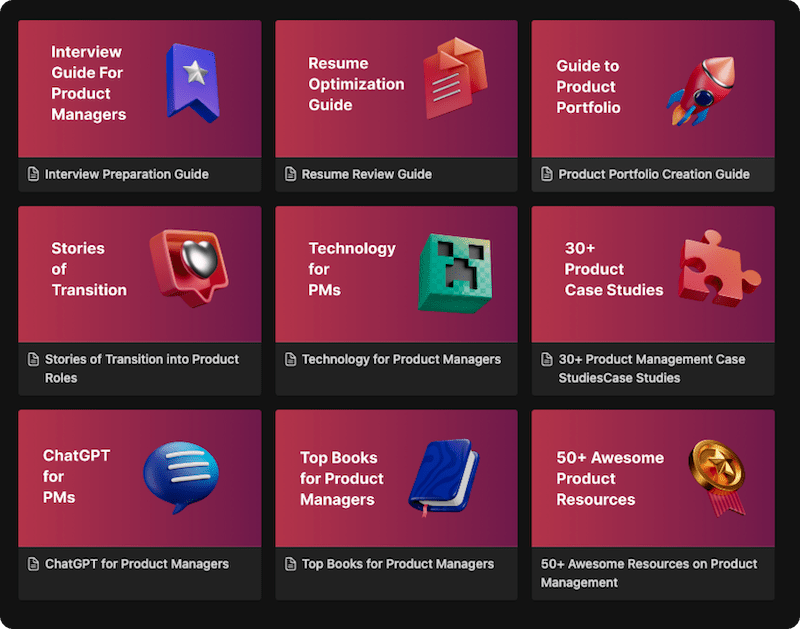Product Prioritization
In the dynamic world of product management, where resources are limited, and time is of the essence, the ability to prioritize effectively can make or break a product’s success. Product prioritization is a critical process that allows product managers to determine the order in which features, enhancements, and requirements should be developed and released. It involves evaluating various factors such as user needs, business goals, technical feasibility, and market trends to make informed decisions. In this article, we will explore the concept of product prioritization, its definition, key principles, and its significance in delivering high-value products that resonate with users and drive business growth.
Product prioritization is the strategic process of ranking and ordering features, enhancements, and requirements based on their relative importance, impact, and value to the product and its stakeholders. It involves balancing multiple factors, including user feedback, market demand, business objectives, and technical constraints, to identify the most critical items for inclusion in the product roadmap.
Key Principles
- User-Centric Approach: Effective prioritization starts with a deep understanding of user needs and pain points. User feedback and insights play a pivotal role in determining which features will have the most significant impact on user satisfaction.
- Business Alignment: Product managers must align prioritization decisions with the overall business strategy. Prioritizing features that align with the company’s goals and revenue objectives is essential for driving business success.
- Impact vs. Effort Assessment: Key to effective prioritization is assessing the potential impact of each feature or requirement against the effort required for implementation. Features with high impact and low effort should receive higher priority.
Implementation Process
- Collect Data and User Feedback: Product managers gather data on user behavior, conduct user interviews, and analyze feedback from customer support channels to identify pain points and feature requests.
- Define Prioritization Criteria: Clear criteria are established, considering factors such as user value, revenue potential, technical complexity, and alignment with business goals.
- Rank Features and Requirements: Product managers use a scoring system or ranking method to prioritize features based on the established criteria. Collaboration with cross-functional teams and stakeholders is crucial during this phase.
Real-World Examples
- Google Maps: Google Maps continuously prioritizes features that enhance user experience and utility, such as real-time traffic updates and location-based recommendations.
- Slack: Slack regularly updates its platform based on user feedback, adding new integrations and functionalities that increase team productivity and collaboration.
Takeaway
Product prioritization is an essential practice for product managers, allowing them to make informed decisions and allocate resources efficiently. By prioritizing features that align with user needs and business objectives, product managers can create high-impact products that delight users and drive business growth.


